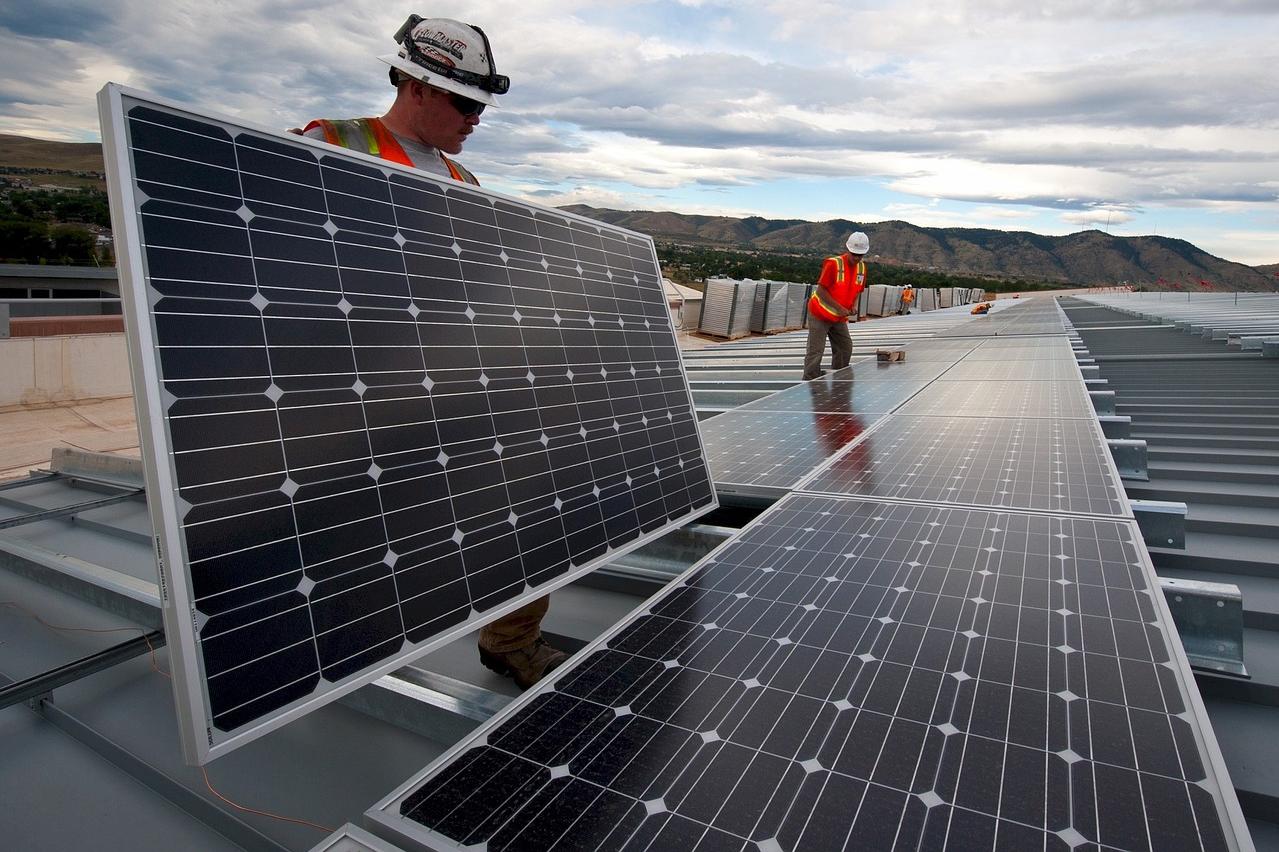
Carbon emissions temporarily dropped in March and April when the world went on lockdown for COVID-19. By the end of April, emissions had dropped 17 percent compared to 2019 with fewer cars on the road and the reduction of some industrial operations. But in May, countries and states starting opening up again and emissions have shot back up, nearing pre-pandemic levels. At the same time, virtually every sector within the economy has been affected by the pandemic, including the utility sector and clean energy.
Clean energy jobs were among the fastest growing in the country before the pandemic, with 10.4 percent growth from 2014 to 2019. According to the latest numbers, they have also taken a big hit in the past few months: more than 620,000 jobs have been lost in the U.S. alone since March. Further, among those lost jobs, the largest number are in energy efficiency, which were the fastest growing energy sector jobs before the pandemic. That creates several problems to consider when we think about what we need to solve the climate crisis.
Energy efficiency and climate change
Energy efficiency is one of the cheapest, easiest ways to address climate change. Put simply, it means using less energy to complete the same task—that is, using a more efficient technology or process (as opposed to conservation, which includes things like turning off the lights when you leave a room). Significant efficiency advances have been made in the past few years with the result that experts estimate that we could achieve more than half of the emissions reductions needed to tackle climate change with efficiency alone.
Global energy demand has been increasing, but effective efficiency measures allow economies to continue to grow without increasing emissions. And while commercial and residential efficiency has seen an increase in utilization, now that people who can are working from home, it is more important than ever that residential users also are able to and do take advantage of energy efficiency. But that need has also created a conundrum during the pandemic: worker access to public housing, individual residences, and even commercial facilities.
Further, energy efficiency is an effective water conservation tool. Because energy is required to move, treat, and deliver water and water is required to generate electricity, both use significant amounts of the other resource. The water sector in particular is overall energy-inefficient and improved technologies and processes could both reduce energy demand and conserve water. Further, water conservation measures are typically cheaper than many energy efficiency measures to implement.
Energy efficiency, clean energy jobs, and COVID-19
International climate change negotiations have been canceled for the entirety of 2020, but as noted above, climate change has not taken a holiday. We will potentially see some of the impacts of climate change over the next few months as hurricane season ramps up (potentially creating additional pressure for public health officials in any recovery that may be needed and likely disproportionately affecting communities of color already suffering the effects of COVID-19. Mitigation efforts continue to be necessary and energy efficiency is an essential part of that solution.
Energy efficiency jobs have higher wages than the average American job and the entry to barrier is lower, creating opportunities for people of color and people from low-income communities who may have felt shut out of the clean energy economy. In addition to reducing carbon emissions, energy efficiency can lower household expenditures on utility bills, which, not surprisingly, make up a larger proportion of low-income households. On the one hand, it is understandable that nobody wants people working on their homes during a pandemic, but as with everything else related to it and the economy, it’s complicated.
The job losses not only put pressure on the workers themselves, but also make it harder to ramp up the efficiency improvements that are needed to tackle climate change. Laid off workers may seek employment elsewhere, creating a shortage in workers needed when companies are able to rehire. Basic economic supply and demand is thrown into disarray during the pandemic, alongside everybody’s fear and exhaustion.
There is no easy solution here, but the staggering number of jobs lost in the energy efficiency sector is worrying for people’s livelihoods, well-being and utility bills, and climate change mitigation. One answer could be including stimulus benefits for those affected in the clean energy space and incentives for consumers to take advantage of energy efficiency upgrades, much like what was done during the American Recovery and Reinvestment of 2009, albeit with additional safety measure put in place to protect homeowners, business owners, and the workers themselves.
Image credit: Pixabay

Kate is a writer and policy wonk, with a focus on water, clean energy, climate change and environmental security. She spent over a decade running energy-water nexus and energy efficiency programs at Environmental Defense Fund as well as time at the U.S. Departments of Energy and Defense, U.S. Government Accountability Office, and state and federal legislatures. She serves as an Advisory Board member of CleanTX, which aims to accelerate the growth of the clean tech industry in Texas.














